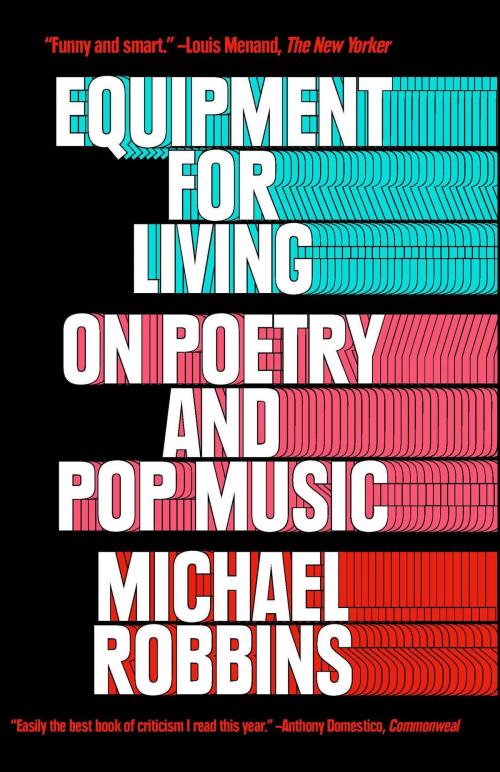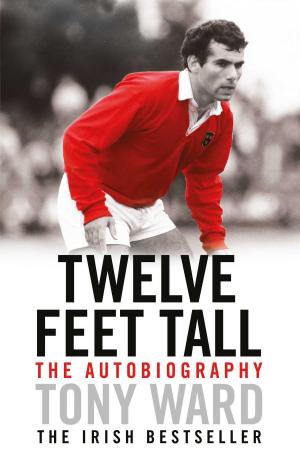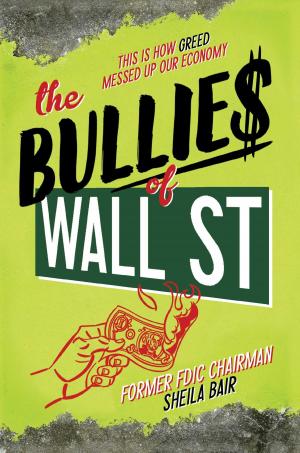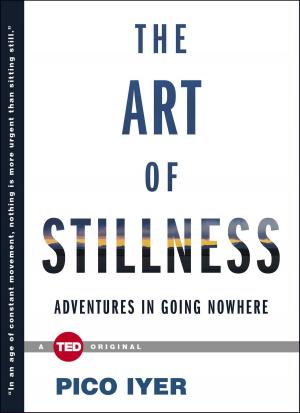Equipment for Living
On Poetry and Pop Music
Fiction & Literature, Literary Theory & Criticism, Poetry History & Criticism, Nonfiction, Entertainment, Music| Author: | Michael Robbins | ISBN: | 9781476747118 |
| Publisher: | Simon & Schuster | Publication: | July 18, 2017 |
| Imprint: | Simon & Schuster | Language: | English |
| Author: | Michael Robbins |
| ISBN: | 9781476747118 |
| Publisher: | Simon & Schuster |
| Publication: | July 18, 2017 |
| Imprint: | Simon & Schuster |
| Language: | English |
“Funny and smart” (The New Yorker) criticism of why we turn to art—specifically to poetry and popular music—and how it serves as an essential tool to understanding life.
How can art help us make sense—or nonsense—of the world? If wrong life cannot be lived rightly, as Theodor Adorno had it, what weapons and strategies for living wrongly can art provide? With the same intelligence that animates his poetry, Michael Robbins addresses this weighty question while contemplating the idea of how strange it is that we need art at all. Ranging from Prince to Def Leppard, Lucille Clifton to Frederick Seidel, Robbins’s mastery of poetry and popular music shines in Equipment for Living. He has a singular ability to illustrate points with seemingly disparate examples (Friedrich Kittler and Taylor Swift, to W.B. Yeats and Anna Kendrick’s “Cups”). Robbins weaves a discussion on poet Juliana Spahr with the different subsets of Scandinavian black metal music, illuminating subjects in ways that few scholars can achieve.
As Dwight Garner said in The New York Times about Robbins: “This man can write.” Equipment for Living is a “freakishly original” (Elle) look at how works of art, specifically poetry and popular music, can help us understand our own lives.
“Funny and smart” (The New Yorker) criticism of why we turn to art—specifically to poetry and popular music—and how it serves as an essential tool to understanding life.
How can art help us make sense—or nonsense—of the world? If wrong life cannot be lived rightly, as Theodor Adorno had it, what weapons and strategies for living wrongly can art provide? With the same intelligence that animates his poetry, Michael Robbins addresses this weighty question while contemplating the idea of how strange it is that we need art at all. Ranging from Prince to Def Leppard, Lucille Clifton to Frederick Seidel, Robbins’s mastery of poetry and popular music shines in Equipment for Living. He has a singular ability to illustrate points with seemingly disparate examples (Friedrich Kittler and Taylor Swift, to W.B. Yeats and Anna Kendrick’s “Cups”). Robbins weaves a discussion on poet Juliana Spahr with the different subsets of Scandinavian black metal music, illuminating subjects in ways that few scholars can achieve.
As Dwight Garner said in The New York Times about Robbins: “This man can write.” Equipment for Living is a “freakishly original” (Elle) look at how works of art, specifically poetry and popular music, can help us understand our own lives.















